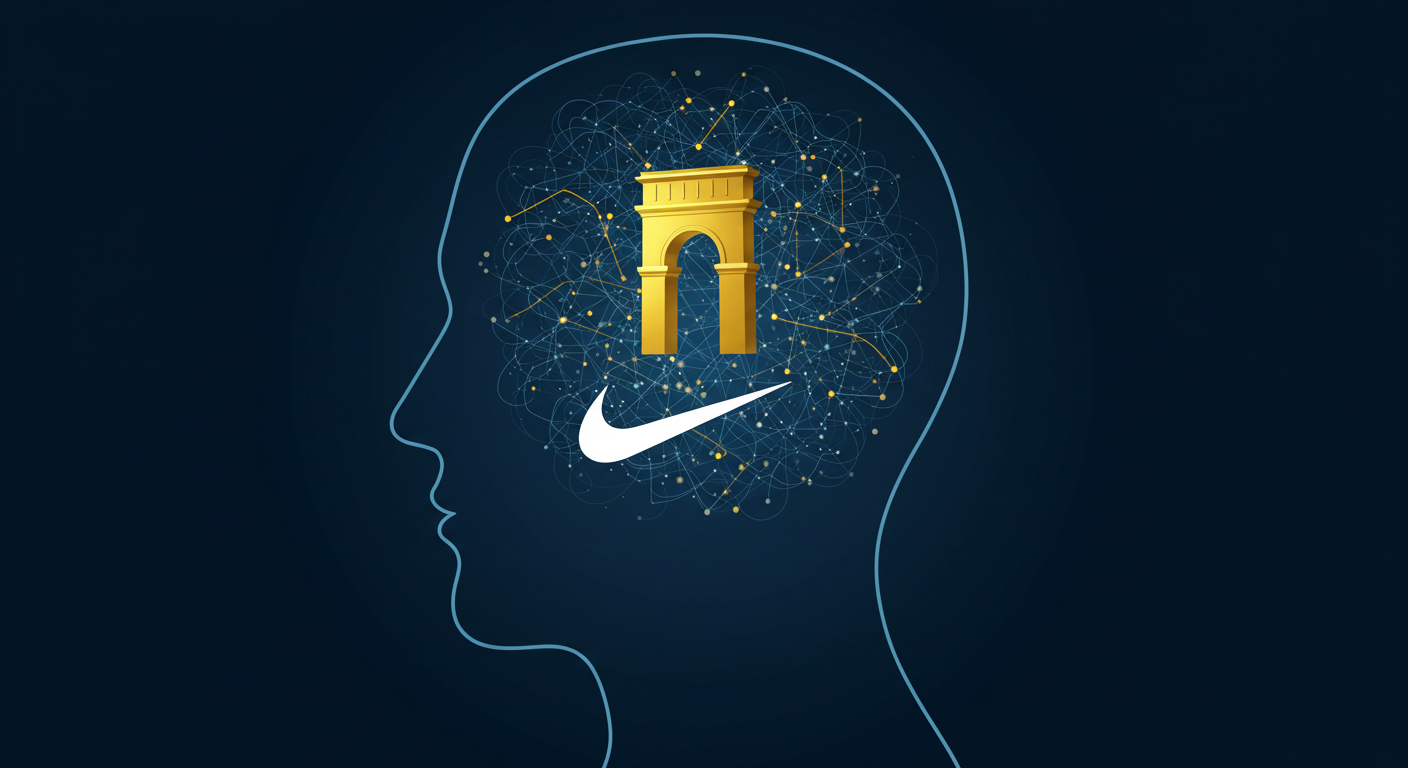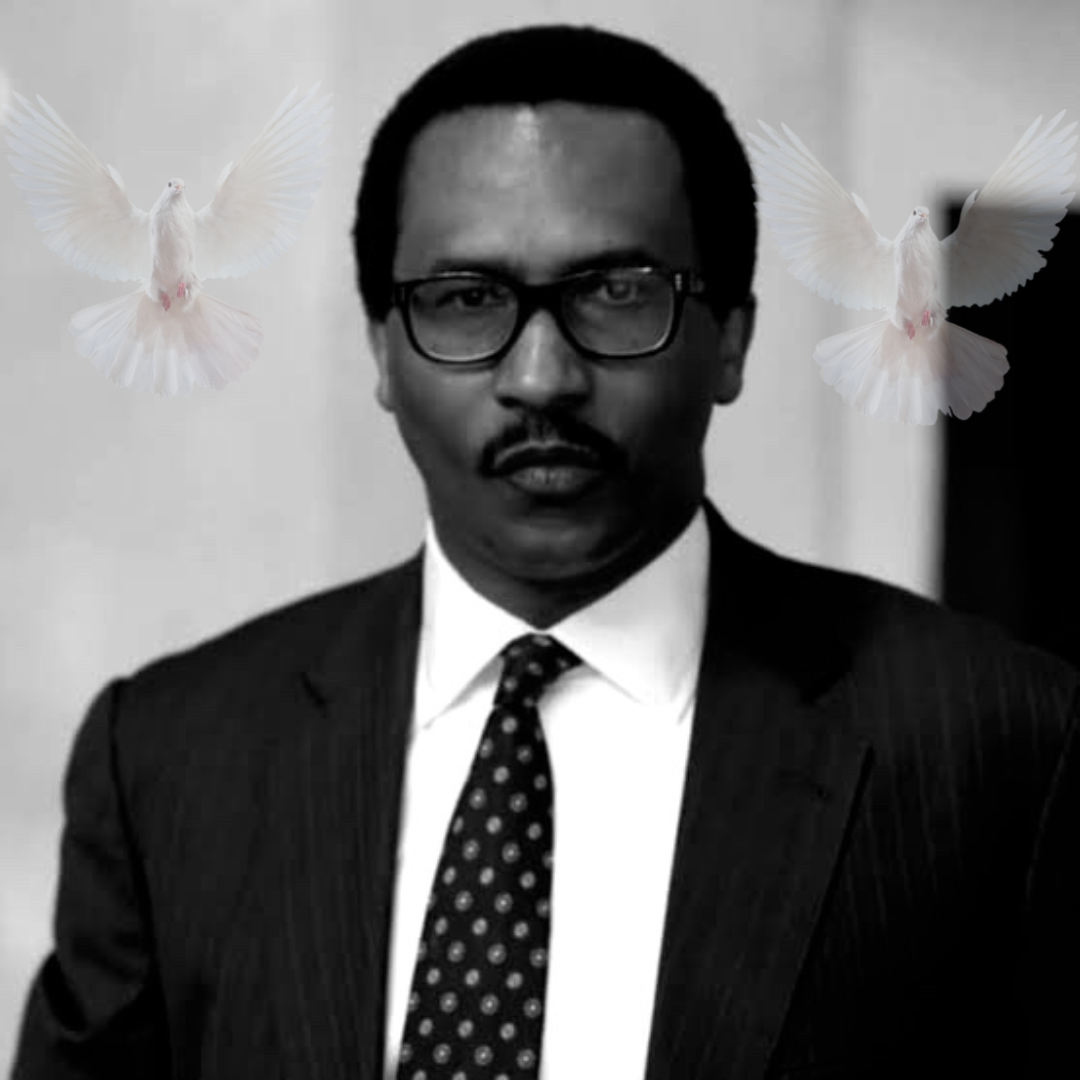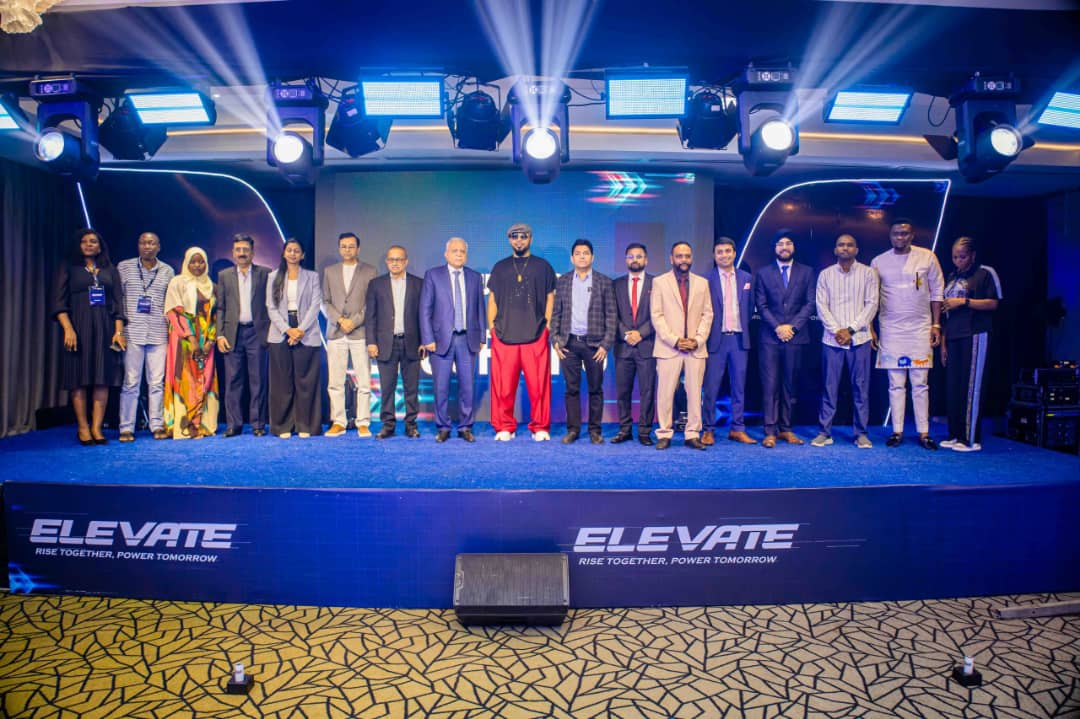Many people have short attention spans these days, and some of the most powerful parts of a brand don’t shout. They talk quietly. Just a swoosh. A broken apple. Two metal arches that fit together. Just Do It. That’s it. It’s only four words: Because You Deserve It. These slogans and symbols aren’t just for looks; they’re the quiet CEOs of brand, changing how people think about it, earning trust, and making memories faster than any campaign could.
Why Logos and Taglines Work.
Marketing is really about connection, and connection thrives in simplicity. Logos and taglines are effective because they reduce complex thoughts into shorthand signals that the brain and heart can immediately process.
Memory shortcut: The human brain recalls pictures 60,000 times more quickly than text. That swoosh or golden arch does more than just stand out; it also sticks.
Emotional anchor: A tagline like “Have a Break, Have a KitKat” refers to a ritual, an emotional release to which customers may profoundly relate.
Cultural stickiness: When a line or logo becomes embedded in language or culture (Google it, I’m Lovin’ It), the brand transitions from a product to a cultural phenomenon.
The Pitfalls: When Brands Get It Wrong
There are some logos and taglines that people just can’t forget. A lot of them fail quickly because they are too hard to understand, full of words, or too general. Any company could use phrases like “Empowering excellence through innovation.” It will not last if it doesn’t work on a T-shirt, a bumper sticker, or in a normal talk.
How Modern Brands Can Build Symbols That Last
When it comes to brand shorthand, the rules haven’t changed in a world of AI, memes, and split attention, but the tools used to test and change them have.
To begin, let’s be honest: Nike’s “Just Do It” campaign was never about shoes. It was about grit, resolve, and the desire to do the best you can. Great taglines show what people really think, not what the object can do.
Don’t use too many words. The best taglines are between 3 and 5 words long. Only one shape or colour of the best logos will last. Messiness wipes out memories.
Test in many languages. A line that moves people in one language might upset or confuse people in another. Pepsi once got “Come Alive With Pepsi” wrong in Mandarin, which translates to “Pepsi brings your ancestors back from the grave.” That hurts.
Don’t replace, just refresh. In 2019, Mastercard took its name off its design but kept the famous overlapping circles. That’s not reinvention; that’s development.
Let culture mix it up: People today want to play with brands. People making memes, TikTok riffs, or slogans aren’t threats; they’re free fuel that keeps your logo and tagline alive.
Lessons From the Icons
Apple: No name, just a fruit that has been bitten. Simple, but quickly global.
De Beers: “A Diamond is Forever” was such a strong line that it turned a product into something people had to have.
When Dove used the slogan “Real Beauty,” it turned into a social movement, showing that slogans can start talks around the world.
Beyond Ads: Symbols as Strategy
The real lesson is that taglines and logos aren’t just ways to build a business. They are important for strategy. While ads, CMOs, and product cycles come and go they last longer. They squish faith, meaning, and hope into something that people will never forget.
Brands that get this right don’t just put up ads. They keep going. They talk but don’t speak. They turn a word or picture into a promise, which is very valuable in this noisy world.
Closing Thought
A tagline or logo is more than just a finishing touch. Here we have the recipe card. An easy method to remember a brand and fall in love with it again. When brands perfect their logo or tagline, they offer more than simply goods; they sell memories.
REGISTER FOR MARKETING EDGE STAKEHOLDERS SUMMIT







Comment
No comments found.